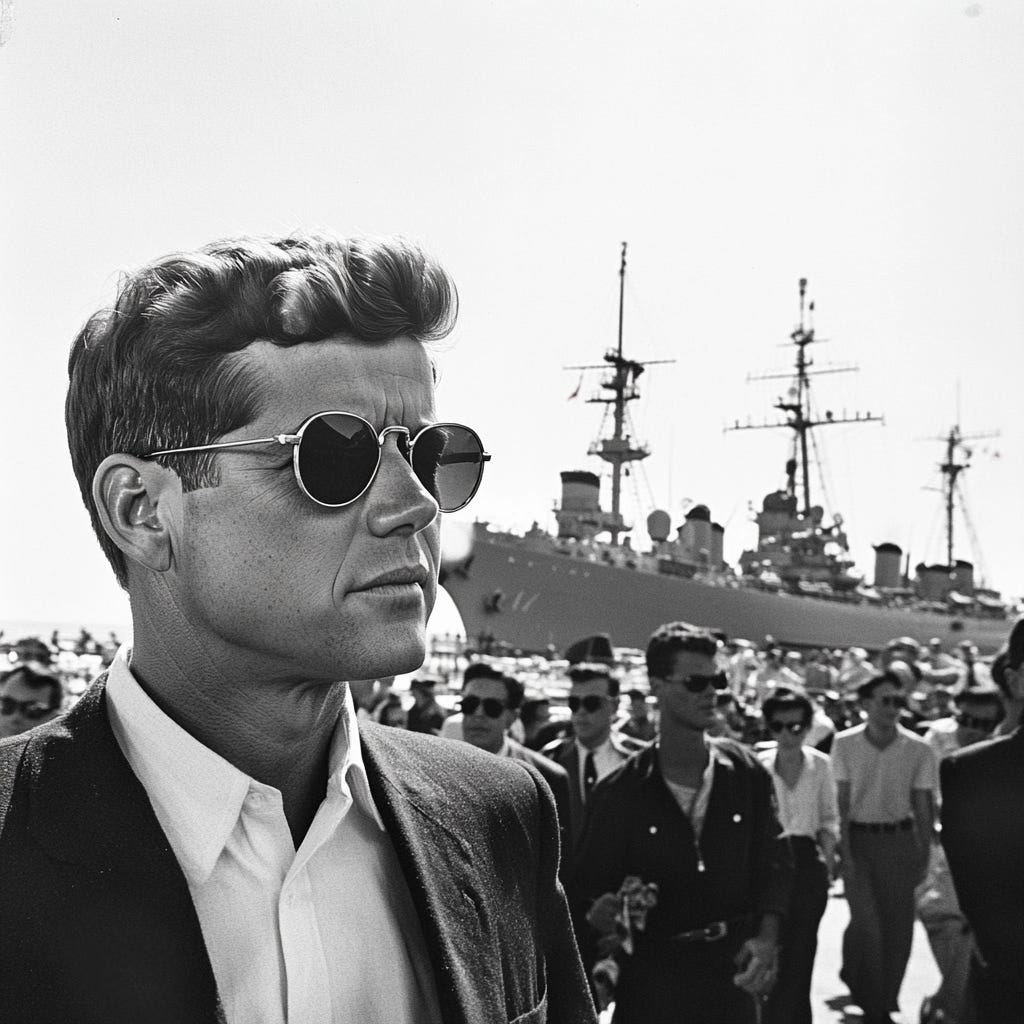HERE’S THE SITUATION
The United States Marine Corps is undergoing one of the most radical transformations in its history with “Force Design 2030”—a restructuring initiative aimed at reshaping the Corps for a potential maritime conflict with China.
The Commandant-led vision, first initiated by General David H. Berger and now continued under General Eric Smith, has prioritized:
• Elimination of Tanks—All Marine tank battalions have been disbanded.
• Reduction in Cannon Artillery—Traditional tube artillery is being replaced by high-tech missile platforms.
• Major Restructuring of Infantry Battalions—Smaller, lighter units geared toward long-range fires and distributed operations.
• Aviation Reduction—Decreased investment in fixed-wing and rotary assets.
• The End of the Marine Air-Ground Task Force (MAGTF)?—A shift toward stand-in forces rather than combined-arms formations.
At face value, this may seem like a necessary modernization effort. But to Marines trained in maneuver warfare and expeditionary combined-arms operations, this looks like a complete reversal of everything that made the Corps effective in the full spectrum of combat.
Where are the combined-arms principles of Warfighting (MCDP-1)? Where is the influence of John Boyd and Al Gray?
This doesn’t look like a force built for combat—it looks like a tech-focused, unproven experiment.
THE SHIFT UNDERWAY
A Reversal of Maneuver Warfare & Combined Arms
• The Marine Corps built its post-Vietnam doctrine around maneuver warfare, speed, and flexibility.
• The current path dismantles key assets, such as armor, traditional artillery, and large infantry formations, that made maneuver warfare possible.
• By stripping away these elements, the Marine Corps is losing its ability to fight on the ground.
A Dangerous Overreliance on Unproven Technology
• “Force Design 2030” is betting everything on missiles, sensors, and drones.
• Technology is not doctrine. High-tech systems can be jammed, destroyed, or rendered ineffective in peer conflict.
• No historical example suggests that tech alone can replace combined arms. If tech fails, does the Marine Corps still know how to fight?
The Narrow Focus on China Ignores the Corps’ True Mission
• The Marine Corps has always had to prove its relevance. But today, it is hyper-fixated on one potential war.
• What happens if the next war isn’t a maritime fight against China?
• Can this new force conduct urban combat? Can it handle a major Middle East war? Can it sustain prolonged combat in a major land war?
• A Marine Corps that can only fight one type of war is a Marine Corps that may be irrelevant when the time comes.
THE FALLOUT & LEVERAGE POINTS
Increased Risk of Institutional Decline
• By sacrificing core capabilities, the Marine Corps is slowly eliminating what makes it distinct.
• No tanks, less artillery, reduced air support, and weaker infantry formations mean the Corps starts looking more like a small, under-equipped Army unit.
• If the Marine Corps can’t deliver unique capabilities, why should it exist as a separate branch?
The Danger of Buying Into Unproven Warfare Concepts
• Future war is unpredictable. A force optimized for one conflict type is vulnerable if another war breaks out.
• The Corps is being redesigned for the Indo-Pacific, but what happens if the next war is in Eastern Europe, the Middle East, or Africa?
• The Marine Corps’ greatest strength has been its adaptability—“Force Design 2030” severely limits that.
The Historical Pattern of Military Overcorrection
• Every time the U.S. military abandons proven warfighting principles in favor of a “modernization” scheme, it pays the price in blood later.
• Vietnam and the Army’s obsession with firepower-heavy, slow-moving doctrine failed against insurgency warfare.
• Task Force Smith in Korea was under-equipped and overconfident, leading to disaster.
• Is “Force Design 2030” the next great military overcorrection?
HOW WILL YOU REORIENT?
For Marines & Warfighters:
• Understand that doctrine matters more than technology. Modernization is important, but technology cannot replace battlefield fundamentals.
• The Corps must remember that wars are won by adaptability, speed, and combined arms—not PowerPoint briefings on “stand-in forces.”
For Strategic Planners & Defense Officials:
• Demand an independent review of “Force Design 2030.” Are we building a force that can only fight one war, or one that can win any war?
• Ensure redundancy in capabilities. If missiles fail, will there be artillery? If drones are jammed, will there be tanks? Don’t bet the Marine Corps’ future on a single concept.
For Military Historians & Analysts:
• Study the failures of past modernization efforts. Are we repeating the mistakes of previous militaries that relied too heavily on untested theories?
• Pay close attention to the force’s ability to conduct real-world operations beyond the Pacific theater. If the Marine Corps can’t execute core missions like a Noncombatant Evacuation Operation (NEO), then the warning signs are clear.
The smartest leaders and operators recognize that a force built for one war is a force that will fail when the unexpected happens. The Marine Corps has always adapted—but today, it may be adapting itself out of existence.






Loyal opposition on Marine Corps Substack “Compass Points” has presented numerous well written pieces exposing Neller and Berger, and now Smith’s myopic vision of the Marine Corps. Cutting core Marine Corps offensive capabilities and manpower and replacing them with PowerPoint slides and good intentions impressed supporters in Congress…… but no one else. Years later, where is all that new technology? Where are the MLR’s? Oh, wait…. MLRs are still a pipe dream ….. they have no transportation to “hide in plain sight” (another stunningly empty statement) and most likely never will given current ship building capacity and scheduling. The Marine Corps has made itself irrelevant to the Nations current security needs as it attempted to turn itself into a scouting and screening force for the Navy in the Pacific.
I’m not sure I agree with you on this one, good buddy. Plenty of ink and heated words have been spilled, and reasonable people can disagree. I see Force Design 2030 as a reorientation to the Corps’ core mission sets, away from a large standing army type footprint.
https://cdrsalamander.substack.com/p/eight-commandants-one-message